Overview
2017 was a dramatic year in terms of the amount of rainfall-related flooding in India. Cyclone Mora and onset of monsoon created a series of severe flooding in multiple states of the country. This led to significant damage to houses, agricultural activities, school and hospitals; leaving lakhs of people displaced and in urgent need of life saving support. The impacted states were Assam, Bihar, Gujarat, Rajasthan, West Bengal and Odisha. The flooding completely overwhelmed capacities to respond – affecting lives of 32.1 million people in about 65 districts.
In Rajasthan, Torrential rains caused by monsoon in July battered the Jodhpur division with 60% above normal rainfall.
The rains flooded the districts of Jodhpur, Barmer, Pali, Sirohi; affecting thousands of people. The floods submerged over 300 villages after release of excess water from the Jawai Bandh Dam. The floods ravaged many houses, roads, bridges, schools and health facilities. Access to the villages was cut off and communication was disrupted. The stagnated water posed health risks in the affected villages.
IIFL Foundation responded to the emergency and extended its support by provision of relief kits to the victims of flood in Pali and Sirohi district of Rajasthan.
Our impact
Rajasthan
State2
Districts2000
Relief Kits5000+
BeneficiariesProcess
By identifying the areas that lacked access to the relief work, the IIFL Foundation's team conducted an assessment and interacted directly with the victims. People were experiencing a lack of consumable and non-consumable resources in the flood-affected areas.
According to the needs expressed by the victims, relief kits were provided consisting of -
Mosquito Nets: With the rising risk of water-borne diseases, mosquito nets were provided to prevent malaria and dengue
Bedsheets: Due to the floods, families were in immediate need for dry bedding material.
Tarpaulins: To build temporary shelters.
Food Material Combo: A combo package containing 10 kg of wheat flour, oil, dal, chili powder and salt.
Water cans: To store drinking water safely
A list was created by compiling necessity items expressed by the victims and was shared with the State and District Disaster Management Department, the District Collector and the Joint Director of Health Services. A distribution plan was created denoting the roles and responsibilities of the staff and volunteers. After creating a list of beneficiaries, tokens were distributed to the families to receive their relief kits.
Over 2,000 relief kits were distributed among flood-affected families in Pali and Sirohi districts of Rajasthan, impacting over 5,000 lives.
Gallery
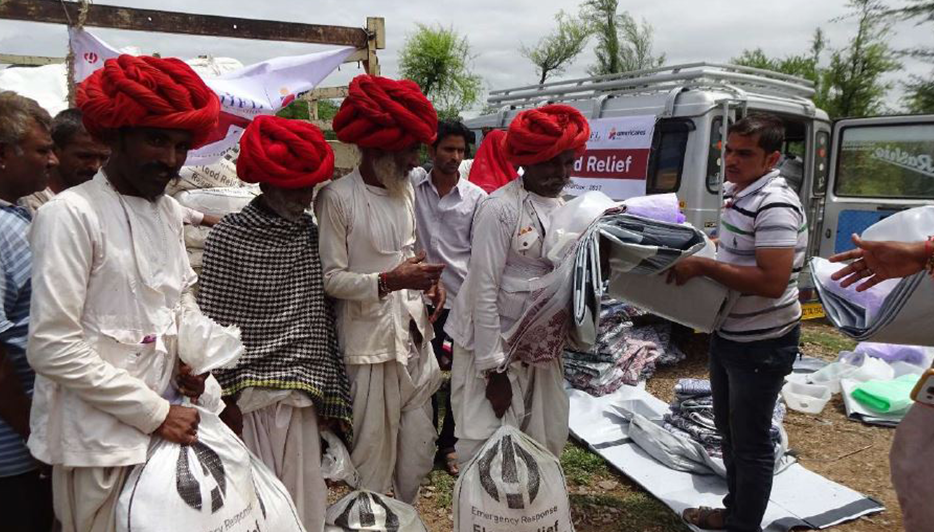
Relief Kits Distribution
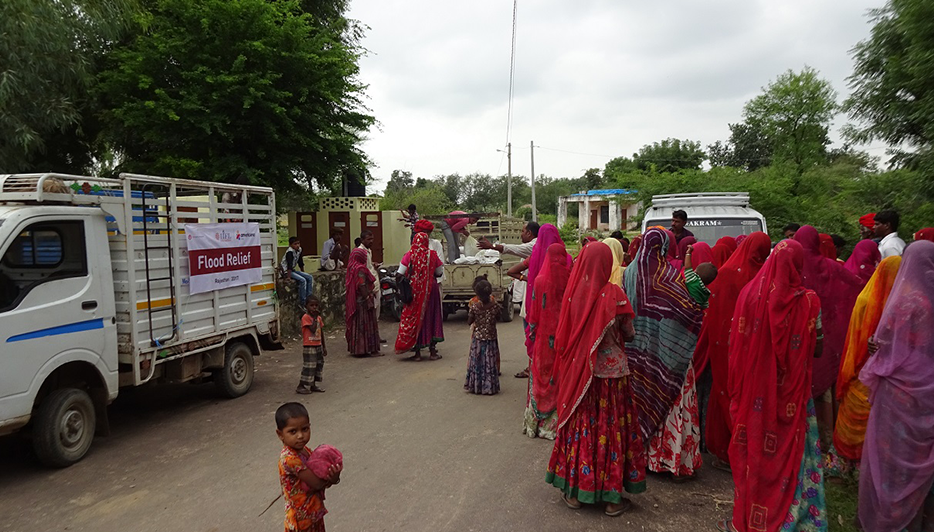
Food Grains
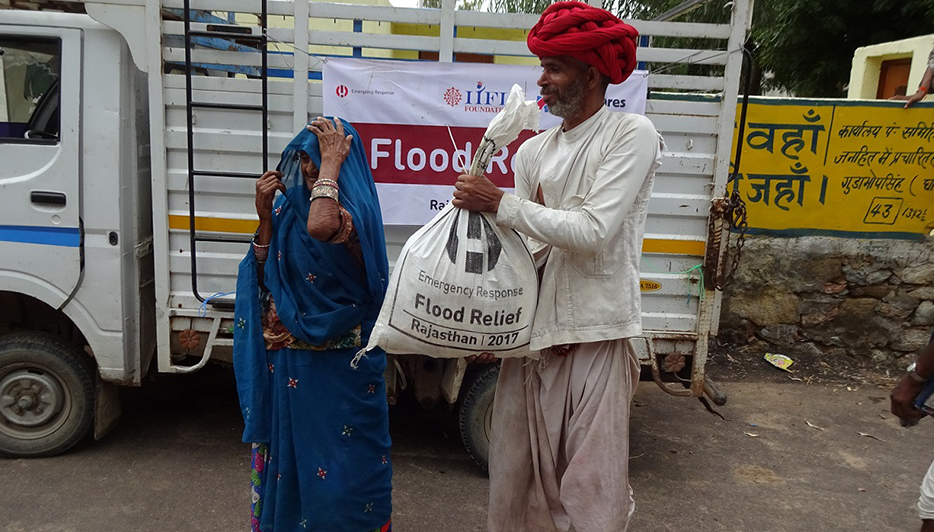
Knowing that someone cares
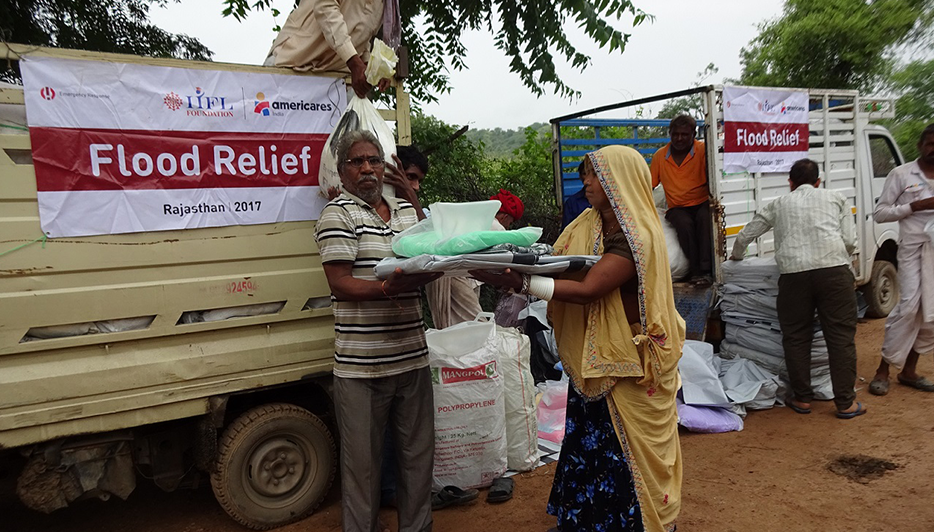
Tarpaulin and mosquito nets
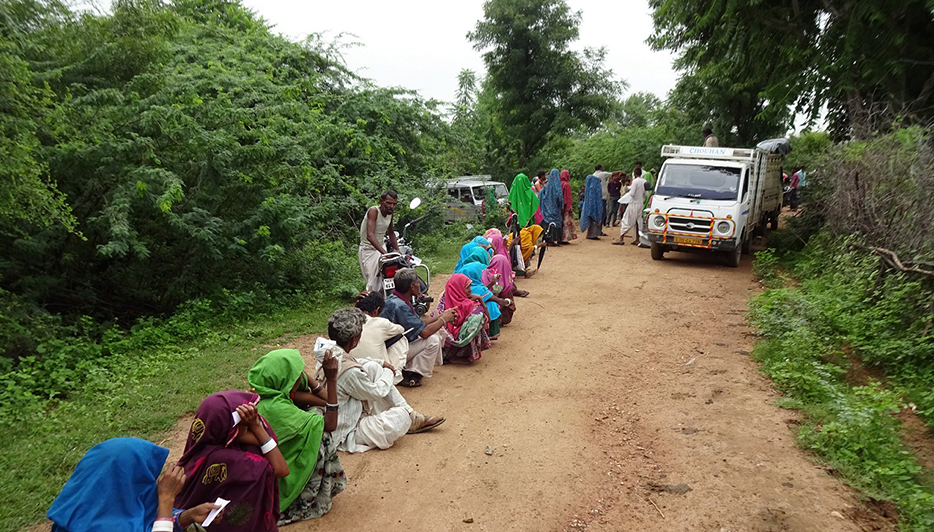
The queue
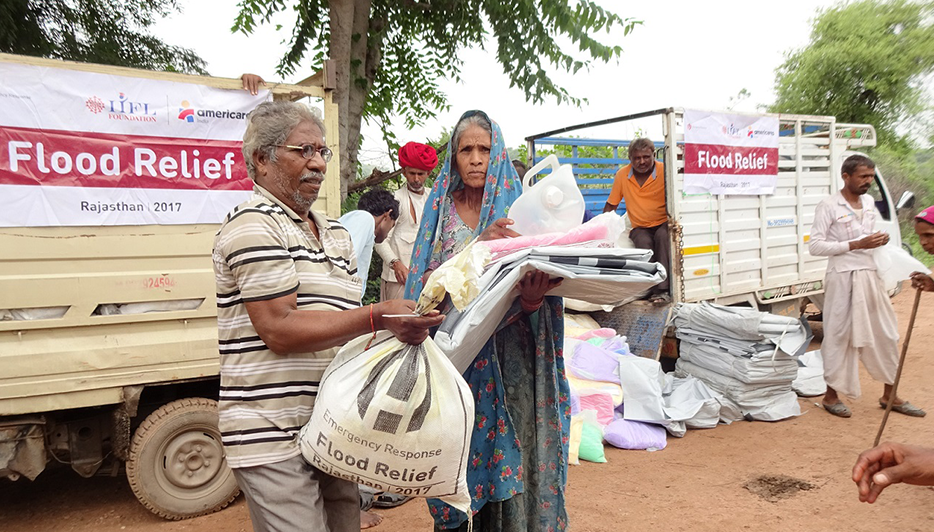
Relief work at Pali district
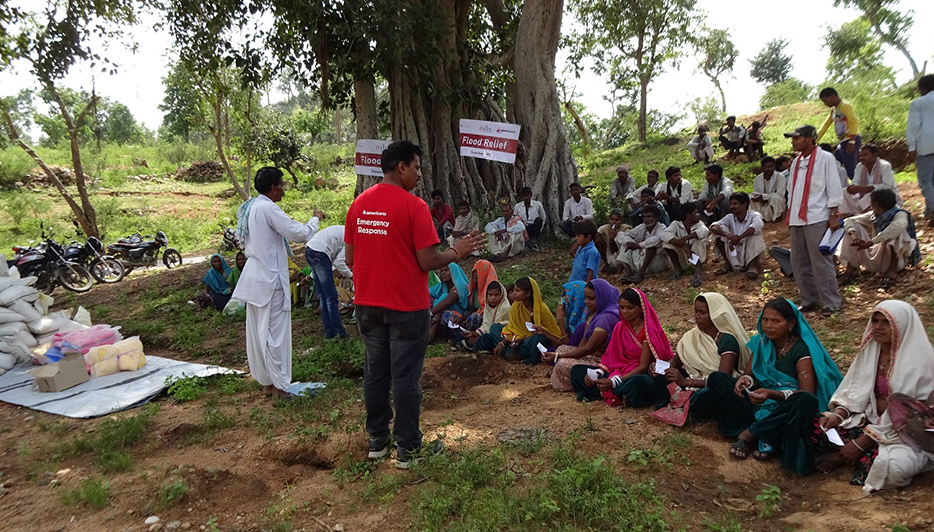
Safety measures
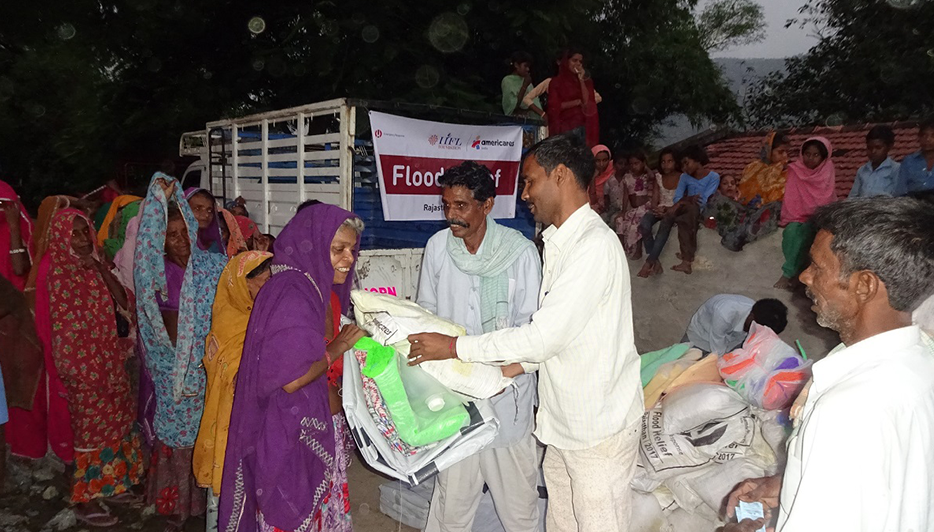
Throughout the day
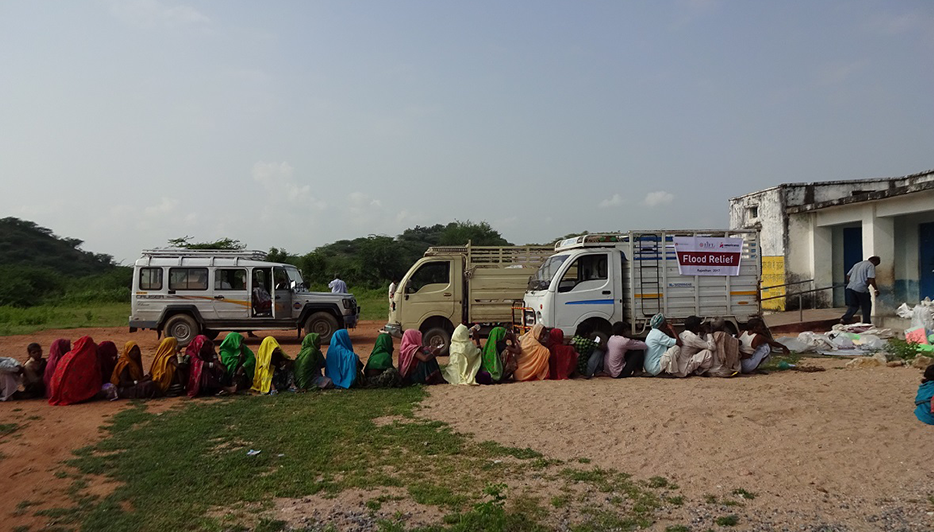
Sirohi District
No Data Found
Disclaimer: Above information is as on March 31, 2021

